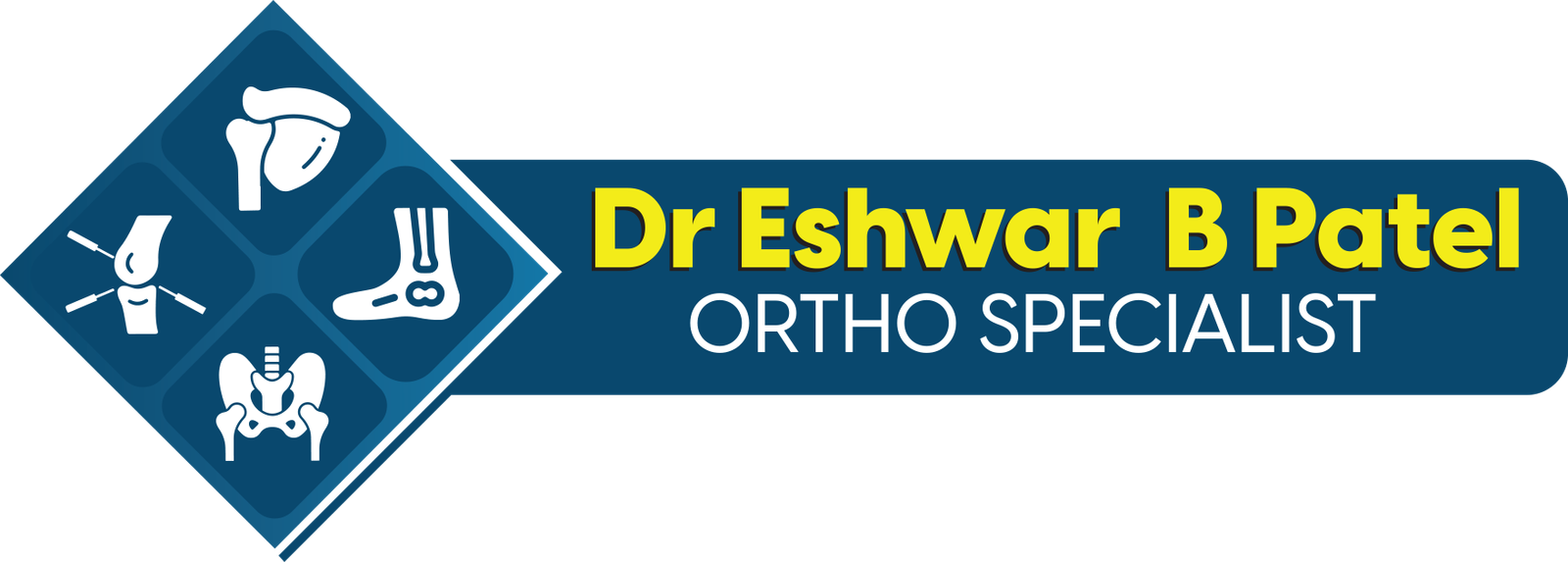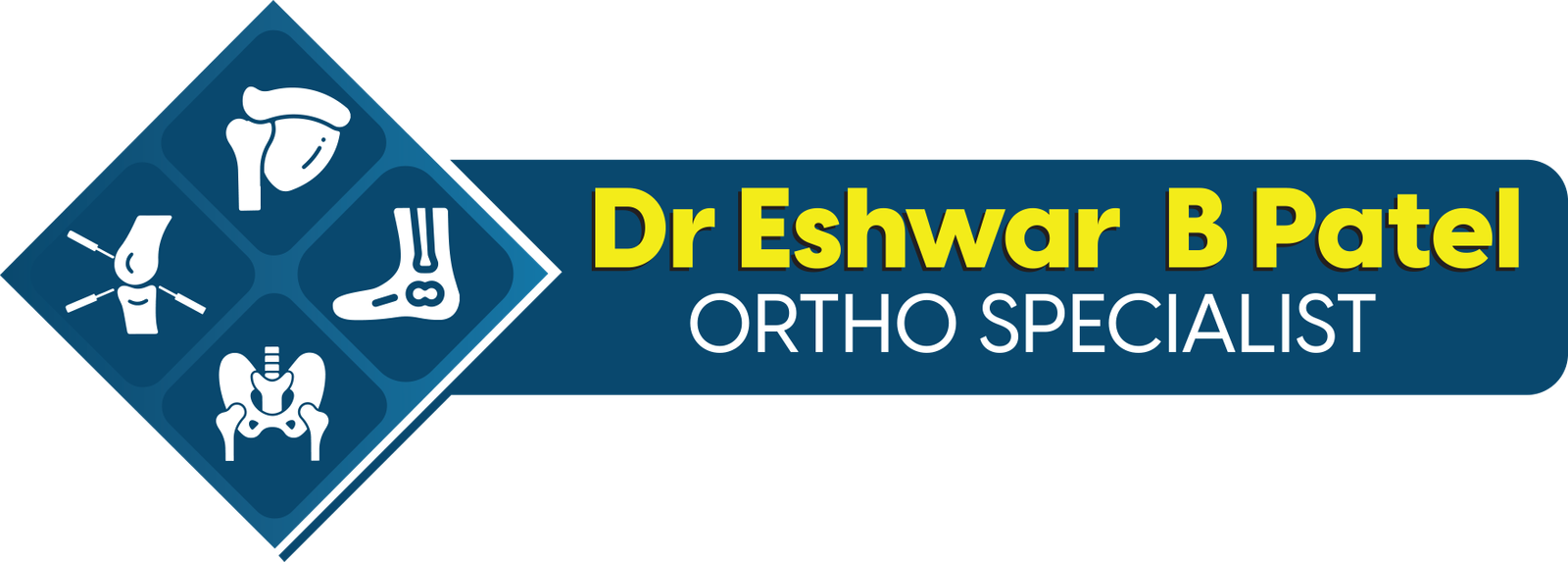Rotator Cuff Tear
Rotator cuff tears are a common source of shoulder pain and dysfunction, affecting millions of people worldwide. Understanding the causes, symptoms, treatment options, and recovery process is crucial for managing this condition effectively.
What is a Rotator Cuff Tear? The rotator cuff is a group of muscles and tendons surrounding the shoulder joint, providing stability and facilitating movement. A tear in the rotator cuff occurs when one or more of these tendons become damaged or detached from the bone. This injury can range from partial to complete tears and may result from acute trauma or degenerative changes over time.
Causes of Rotator Cuff Tears:
- Trauma: Sudden impact or force on the shoulder, such as a fall or lifting heavy objects, can cause tears.
- Repetitive Motion: Overuse of the shoulder through repetitive activities like overhead sports or work can lead to wear and tear on the rotator cuff tendons.
- Age: As we age, the tendons in the rotator cuff may degenerate, becoming weaker and more prone to tears.
- Poor Posture: Incorrect posture can put undue stress on the shoulder joint and contribute to rotator cuff injuries.
Symptoms of Rotator Cuff Tears:
- Pain: Persistent shoulder pain, especially when reaching overhead or behind the back.
- Weakness: Difficulty lifting or rotating the arm, particularly in activities that involve the shoulder.
- Limited Range of Motion: Decreased mobility in the shoulder joint, with stiffness and discomfort.
- Audible Popping or Clicking: Some individuals may experience popping or clicking sensations with certain movements.
Diagnosis:
A thorough physical examination, coupled with imaging studies such as MRI or ultrasound, is typically used to diagnose rotator cuff tears. Your healthcare provider will assess your symptoms, medical history, and perform specific tests to determine the extent of the injury.
Treatment Options:
- Conservative Management: This may include rest, ice, physical therapy, and anti-inflammatory medications to reduce pain and inflammation.
- Steroid Injections: Corticosteroids injected directly into the shoulder joint can provide temporary relief from pain and inflammation.
- Surgery: In cases of severe or complete tears, surgical repair may be necessary to reattach the tendon to the bone.
Recovery Process:
Recovery from a rotator cuff tear depends on various factors, including the severity of the injury and individual patient factors. Physical therapy plays a crucial role in restoring strength, flexibility, and function to the shoulder joint post-surgery or during conservative management.
Prevention:
While some causes of rotator cuff tears are unavoidable, there are steps you can take to reduce your risk, such as maintaining good posture, avoiding overuse of the shoulder, and incorporating exercises to strengthen the rotator cuff muscles into your fitness routine.
Rotator cuff tears can significantly impact your quality of life, but with proper diagnosis, treatment, and rehabilitation, many individuals can regain full function and return to their regular activities. If you suspect you have a rotator cuff tear, consult with a healthcare professional for an accurate diagnosis and personalized treatment plan. Early intervention is key to preventing further damage and promoting optimal recovery.
Surgeries
Best Knee Replacement in Hyderabad
Best Hip Replacement in Hyderabad
Best Shoulder Replacement in Hyderabad
Best Arthrocopy Treatment in Hyderabad
Orthopedic Surgeon in Hyderabad
Maps
Copyright 2022 © DrEshwar Patel Ortho Specialist All Rights Reserved.
Website Designed & Developed By VENLAX GROUP

